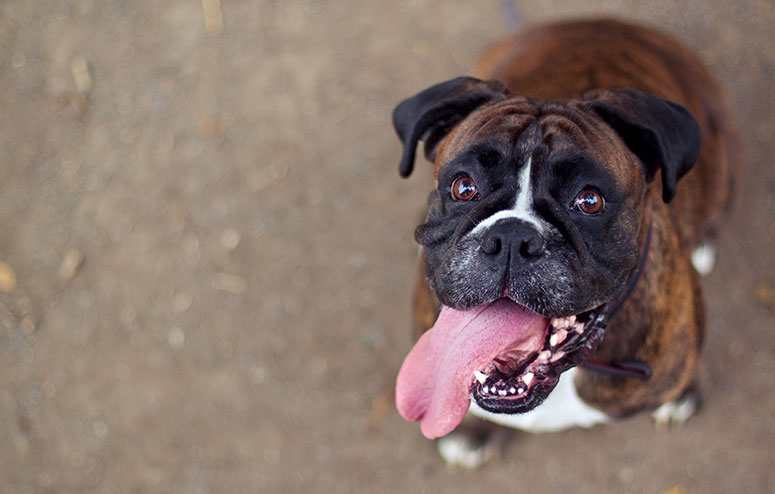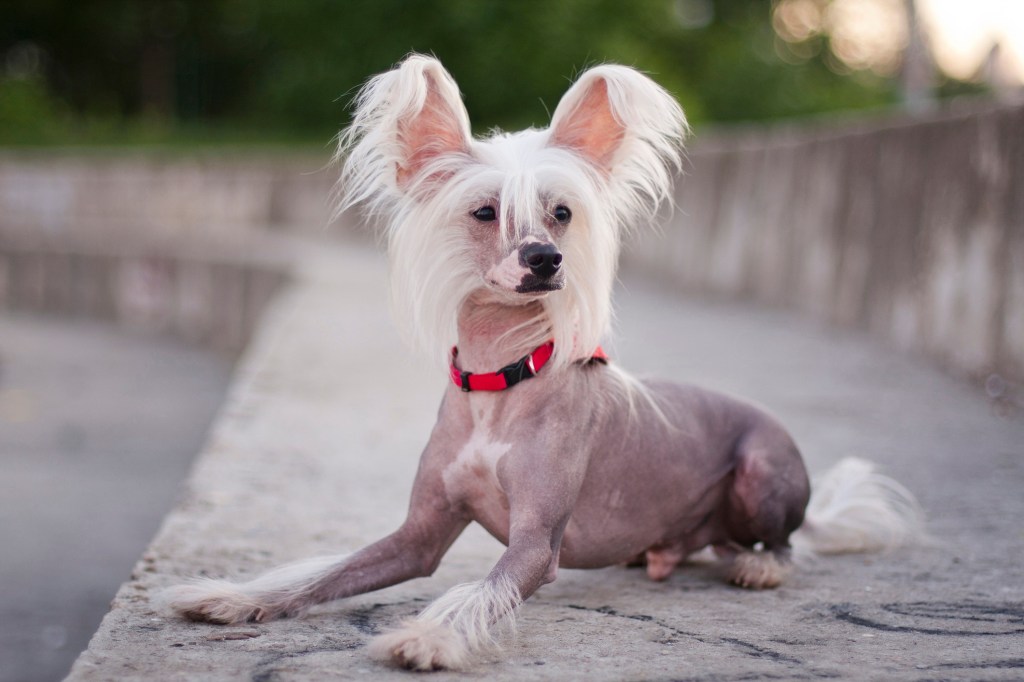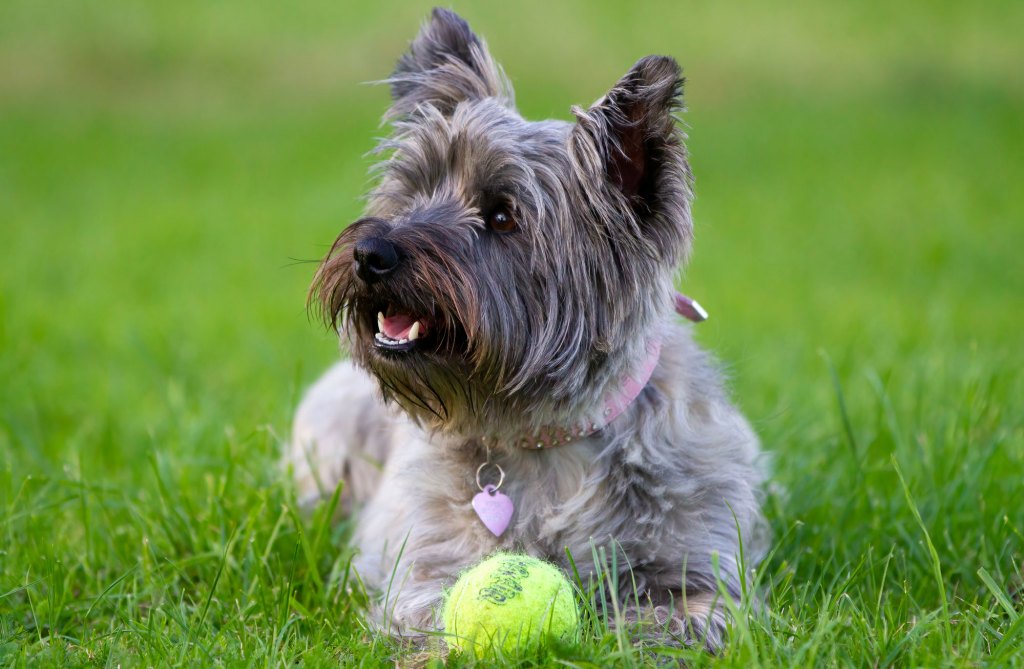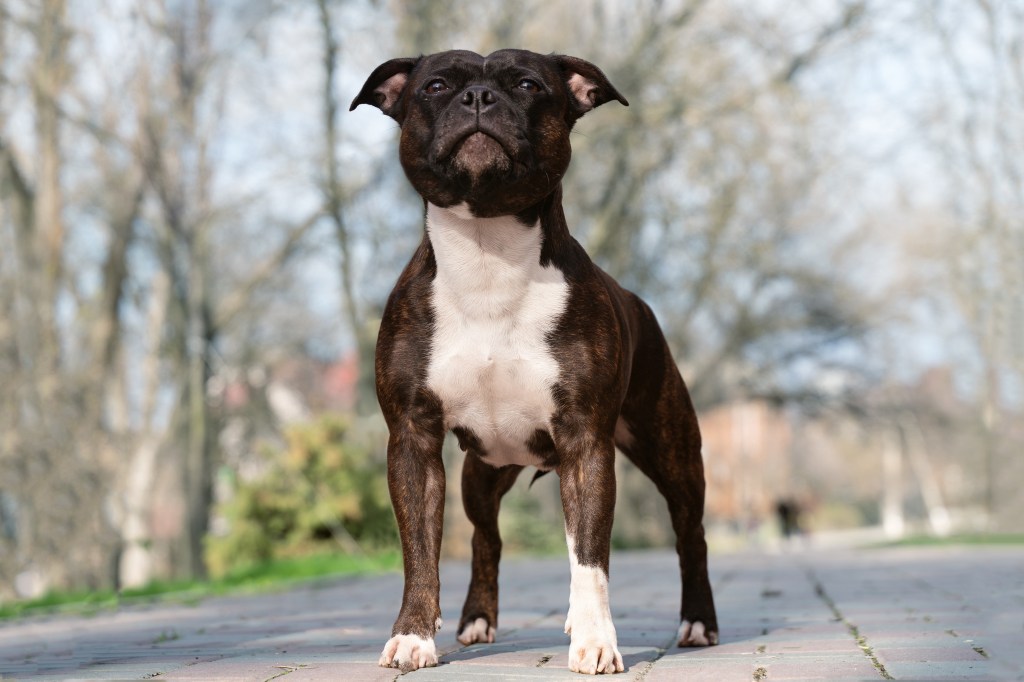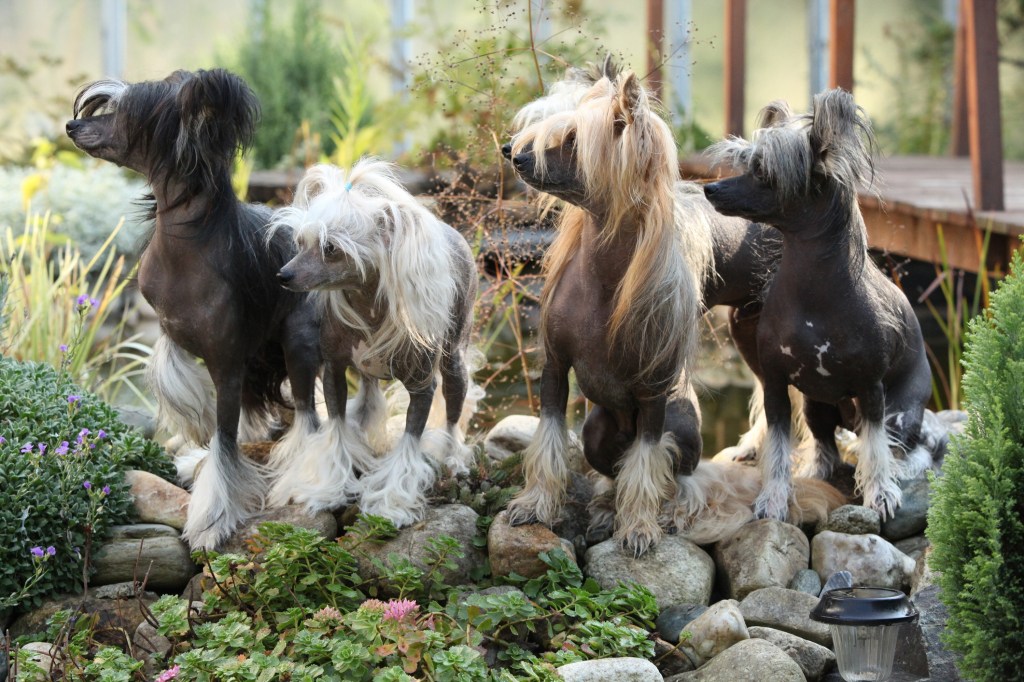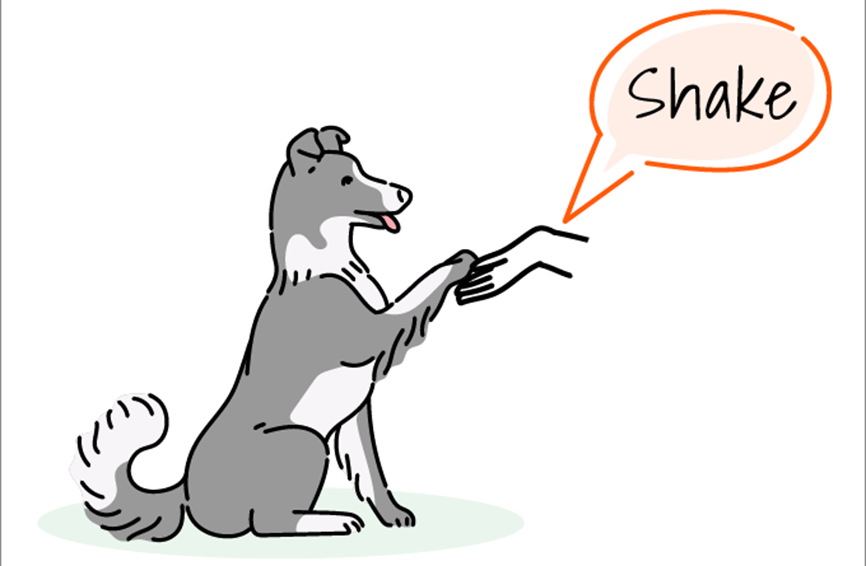Table of Contents
Introduction to Boxers
Boxers are smart, active, and fun dogs that are part of the Working Group of canines and offer a little something for everyone they come into contact with. This is a popular dog breed and one that is known for being great with children and good watchdogs too.
Boxers make excellent family companions but are high-energy dogs, so they require plenty of exercise to stay healthy and happy. With a muscular build and square jaw, the boxer is easy to groom, loyal to loved ones, and a pure joy to care for. If you have plenty of time to spend with a dog and are ready for lots of affection and playtime, a boxer might make the perfect addition to your household. It’s also hard not to fall in love at first sight with the iconic face of an adorable boxer.
Size of Boxers
When fully grown, male boxers reach heights of 23 to 25 inches tall, and females stand at 21.5 to 23.5 inches tall. Male adult boxers weigh 65 to 80 pounds, while females are more in the 50- to 65-pound range. Boxers typically keep growing until they are between 18 and 24 months old, which is a little longer than other dog breeds.
Here’s how big you can expect your boxer to get during the earliest months of life:
| Weight Chart | 3 months | 6 months | 9 months | 12 months |
| Male Boxers | 22-26 pounds | 41-48 pounds | 52-61 pounds | 57-68 pounds |
| Female Boxers | 22-26 pounds | 39-44 pounds | 52-59 pounds | 52-61 pounds |
Characteristics of Boxers
Boxers are dogs that are moderately adaptable and friendly with both family members and strangers. These dogs are intelligent, fearless, headstrong, and alert. They have low grooming needs but high physical needs, and they are moderately trainable with a little extra patience.
As you get to know a boxer’s personality, here’s what you can expect based on his or her breed characteristics:
| Breed Characteristic | Level (High, Medium, Low) |
| Affectionate with People | High |
| Good with Kids | High |
| Good with Pets | Medium |
| Need for Exercise | High |
| Energy Level | High |
| Intelligence Level | High |
| Able to Be Trained | Medium |
| Amount of Barking | Medium |
| Amount of Shedding | Low to Medium |
Boxers do not tolerate hot weather well, and they aren’t big fans of cold weather either. This means you will have to pay close attention to your pup during extreme weather. Something else to know about a boxer’s personality is that this dog will fiercely guard its home and family because of a strong sense of loyalty. Many boxers are vocal, but these dogs do not bark excessively unless there is a good reason.
History of Boxers
The history of the boxer might date back as far as 2,500 B.C. since the dog’s ancestors were war dogs during the Assyrian empire. But the modern boxer is most closely traced to the late 1800s in Germany. The breed was bred down from a larger German breed of dog called the bullenbeisser, which was a big-game hunter that could catch bison, bear, and wild boar.
By the late 1800s, the modern boxer had a sleeker and more elegant appearance than the bullenbeisser. The name “boxer” comes from the dog’s tendency to use the front paws for play or defense, much like a human sparring in the boxing ring.
The American Kennel Club has recognized boxers as a breed since 1904. Boxers have been used for everything from police dogs to watch dogs, cattle dogs, and family companions over the years. Unfortunately, these dogs were also used for dogfighting and bullbaiting until these activities were outlawed. Boxers began gaining more popularity in the United States in the 1950s, and they have continued to be a popular breed since that time.
Boxer Standard Information
As a pure breed of dog, the American Kennel Club has established a standard by which boxers are judged for their appearance and temperament. For example, boxers are medium-sized and squarely built dogs that have well-developed muscles and a smooth and hard appearance. They are also chiseled-looking dogs that have a great amount of strength, agility, and elegance.
Here is an overview of the breed standard information for boxers:
Head:
- Wrinkles on the forehead when ears erect
- Intelligent and alert expression
- Dark brown eyes, frontally placed
- Ears set at the highest points on the sides of the skull
- Undershot bite with lower jaw protruding beyond the upper
Neck, Topline, Body:
- Round and muscular neck
- Short, straight, firm, and muscular back
- Slightly sloping topline when at attention
- Chest of fair width
- Loins short and muscular
Forequarters:
- Long and sloping shoulders
- Long, straight, and firmly muscled forelegs
- Dewclaws may be removed
- Compact feet with well-arched toes
Hindquarters:
- Strongly muscled hindquarters with balance
- Hind legs straight with hock joints leaning neither in nor out
- No rear dewclaws
Coat:
- Shiny, short, smooth, and tight to the body
Color:
- Fawn and brindle colors
- Light tan to mahogany for fawn shades
- Black striping on fawn background for brindle ranges
- Only limited white markings
Gait:
- Powerful drive from a freely operating rear
- Smooth and powerful gait
- Rump should not roll when viewed from the rear
Caring for Boxers
Taking care of a boxer is a lot of fun but also takes time and effort to make sure the dog is properly exercised and socialized. Boxers love to run and play, so you’ll need to devote enough time for this in a secure and safe area. Boxers are medium-sized dogs but still quite powerful, so they need to be taught not to jump up on people from an early age.
Here are some general tips for taking the best care of a boxer:
Best Living Environments:
- Houses with more space and a yard are better than apartments
- Regular walks for city-dwelling boxers
- Homes with children and other pets are okay
- Households where someone is home with the dog most of the time
Type of Exercise:
- Plenty of time to run around in a fenced yard in cooler weather
- Hikes on trails with family members
- Playtime in off-leash dog parks
Mental Enrichment:
- Puzzle games to stimulate the mind
- Games of fetch in a yard
- Lively play sessions inside or outside with family members
Training Strategies:
- Expose boxers to other people and animals early in life
- Can become bored with repetitive actions
- Great problem solvers and highly intelligent
- Can be trained as service and therapy dogs
Grooming Tips:
- Short and shiny coat that requires little grooming
- Use a rubber brush or hound glove once or twice weekly on the coat
- Trim nails once a month unless worn down naturally outside
- Brush teeth daily
- Bathe only occasionally since these dogs are generally clean
- May need regular cleaning of facial folds
- Can drool excessively
- Known to snort and snore
Common Health Problems of Boxers
When taken care of well, boxers have a life expectancy of about 10 to 12 years. This is a bit less than other dog breeds. If you purchase a boxer from a breeder, the dog should be screened for hip dysplasia, cancers, thyroid deficiency, heart conditions, and other issues that commonly affect this breed. Being aware of the breed-specific health problems of boxers enables you to develop a preventative health plan with your vet and address preventable risks.
These are some of the most common health issues that arise with boxers:
- Heart disease especially dilated cardiomyopathy
- Bloat, which can be fatal
- Bone and joint issues
- Brachycephalic syndrome, a respiratory condition
- Cushing’s disease, an adrenal gland issue
- Wobbler syndrome and other neurological conditions
- Inflammatory bowel disease
- Colitis
- Degenerative myelopathy
- Skin fold dermatitis and other skin conditions
- Lymphoma
- Epilepsy
- Thyroid dysfunction
- Bacterial and viral infections, including parvo and distemper
- Dental disease
- Obesity, which can cause joint and heart problems
As you can see, there are quite a few health issues that are common with boxers, which is why it’s especially important to keep up with yearly vet checkups and seek immediate attention for abnormal symptoms that could be a sign of a serious disease.
Diet and Nutrition for Boxers
Boxers are prone to overeating if you provide more food than they really need. It is generally best to provide your dog with two meals per day rather than leaving food out for the boxer to graze on all day long.
Adult boxers need between 1,100 and 2,400 calories of high-quality dog food per day, depending on their level of activity and size. Most vets will recommend between 2.5 and three cups of dog food per day, split into two servings, for fully grown boxers. Recommended dog food brands for boxers include Royal Canin Boxer Adult Dog Food and Purina ProPlan Large Breed Dog Food.
Where to Adopt or Purchase Boxers
The American Boxer Club is the national parent club dedicated to the boxer breed. It has over 50 member clubs throughout the United States and provides information and resources for people interested in boxer dogs. There are links on the organization’s website for purchasing a purebred boxer dog and adopting a boxer from a rescue organization. Examples of rescue organizations to contact, depending on your location, are Across America Boxer Rescue, Adopt a Boxer Rescue, Boxer Luv Rescue, and Austin Boxer Rescue.
Related Breeds
If you love everything you’ve been reading about boxers but aren’t 100% convinced that this is the perfect dog for you, then it might be worth learning about other similar and related breeds of dogs. Here are some other dogs that share commonalities with the boxer to consider as well:
Pet Insurance for Boxers
To plan ahead for your boxer’s health and be prepared for future illnesses or unexpected accidents, sign up your boxer for a Healthy Paws pet insurance plan. Our boxer insurance plan covers genetic and hereditary conditions, breed-specific conditions, emergency care, alternative care, and much more so that you can always give your dog that best veterinary care available.
Tell us a few basic details about your boxer to get an instant pet insurance quote today.

